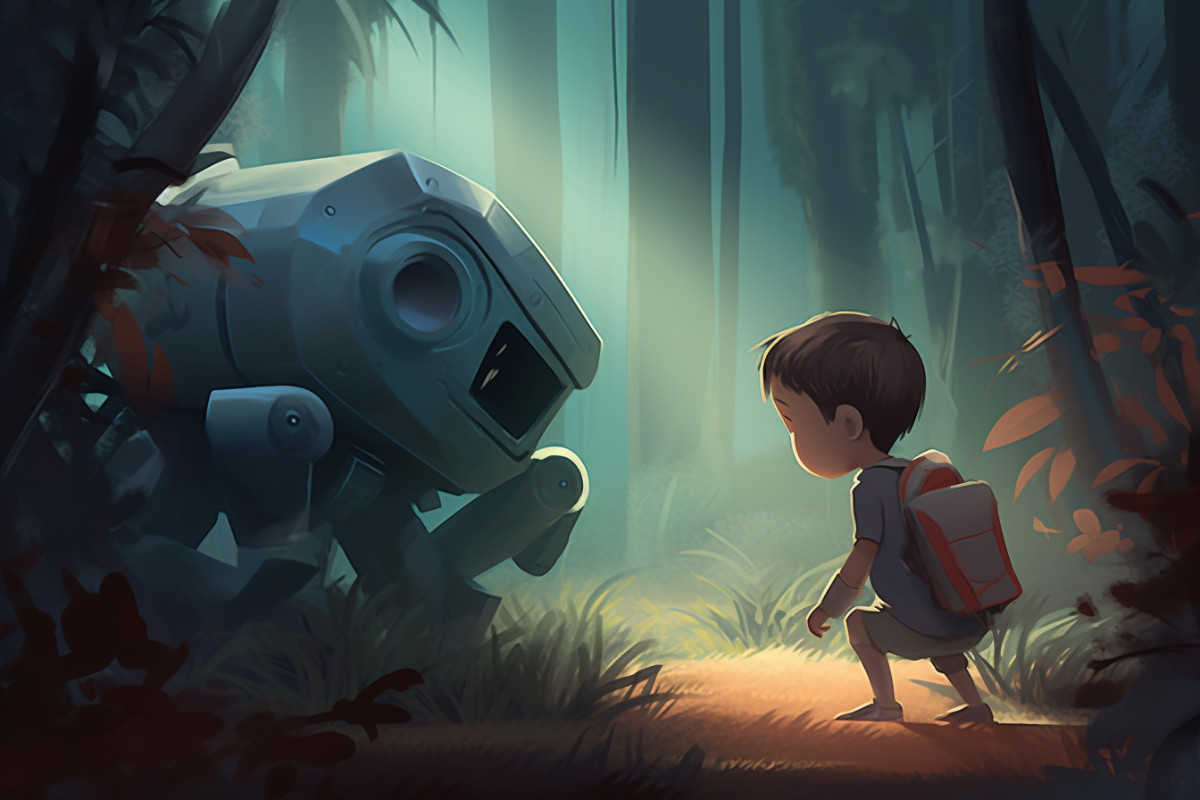1. Defining the Domain
The first step in customizing ChatGPT’s output is to define the domain or the subject matter of the content you’d like to generate. By specifying the domain, you provide the AI with a clear direction, ensuring it remains focused on the relevant topic.
Tips for defining domain:
- Use specific keywords related to your topic
- Provide context by giving examples or describing the subject
- Consider common domain categories, such as: Academic, Business, General, Email, Casual or Creative.
2. Setting the Intent
Your content’s intent is the goal or purpose behind the generated text. Clearly defining the intent allows ChatGPT to generate content that is in line with your objectives.
Tips for setting intent:
- Explicitly state the purpose of the content (e.g., inform, persuade, entertain)
- Use action verbs to clarify the desired outcome (e.g., explain, compare, review)
3. Identifying the Audience
Understanding your target audience is crucial to tailor the content to their preferences and needs. By providing ChatGPT with details about your audience, the AI can generate text that resonates with your readers.
Tips for identifying audience:
- Specify demographics, such as age, gender, or occupation
- Highlight the interests, preferences, or pain points of your target audience
4. Choosing the Formality Level
The formality level determines the degree of politeness, professionalism, and sophistication in your content. By choosing the appropriate formality, you can ensure that your content is suitable for your target audience and purpose.
Tips for choosing formality:
- Consider your audience and domain when selecting the formality level
- Use terms like “formal,” “informal,” or “semi-formal” to guide ChatGPT
5. Selecting the Style
Style encompasses the unique voice, tone, and personality of your content. It is essential to choose the right style to make your content engaging and memorable.
Tips for selecting style:
- Describe the desired tone, such as humorous, serious, or conversational
- Specify stylistic elements like sentence length, word choice, and structure
Examples to nail tone & style in ChatGPT
Formal and detailed
Example prompts:
Write a formal, detailed report on the impact of climate change on global agriculture, including an introduction, key challenges, and potential solutions.
Write a comprehensive, formal white paper on the benefits and drawbacks of renewable energy sources, including solar, wind, and hydroelectric power.
Compose a formal, detailed analysis of the economic consequences of cryptocurrency adoption, discussing its impact on traditional financial systems and global trade.
Casual and conversational:
Example prompts:
Compose a casual, conversational blog post about the top 5 time management tips for freelancers, using a friendly and engaging writing style.
Create a casual, conversational blog post about the best strategies for maintaining a healthy work-life balance, using relatable anecdotes and practical advice.
Write a light-hearted, conversational article on the evolution of video games, discussing the nostalgia of retro gaming and the excitement of modern gaming technology.
Persuasive and concise
Example prompts:
Create a persuasive, concise sales pitch for an eco-friendly cleaning product, highlighting its benefits and environmental impact in a compelling manner.
Craft a persuasive, concise email campaign promoting a new fitness app, emphasizing its unique features and potential to improve users’ health and well-being.
Compose a compelling, concise product description for a high-end, ergonomic office chair, highlighting its design, comfort, and long-term benefits for posture and health.
Imitating a specific author’s style:
Example prompts:
Write a short story in the style of Ernest Hemingway with a casual tone, featuring a protagonist who faces an internal conflict during a fishing trip.
Write a suspenseful short story in the style of Edgar Allan Poe with a dark, mysterious tone, featuring a protagonist who becomes obsessed with a mysterious artifact.
Create a thought-provoking essay in the style of George Orwell, using a dystopian setting to explore the consequences of extreme political ideologies on individual freedoms.”
Informative and neutral
Example prompts:
Craft an informative, neutral article on the history of artificial intelligence, focusing on its evolution, key milestones, and current applications.
Write an informative, unbiased article on the development of electric vehicles, discussing their history, current market trends, and future prospects.
Compose a neutral, informative guide on the process of setting up a small business, outlining the legal requirements, funding options, and marketing strategies for success.”
Remember to tailor your prompts according to your specific needs and preferences, and feel free to experiment with different instructions to achieve the desired tone and style.
By mastering the art of defining domain, setting intent, identifying audience, choosing formality, and selecting style, you can take full advantage of ChatGPT’s capabilities and create personalized content that meets your specific needs. Use these tips to become a ChatGPT expert and elevate your content generation game to new heights.



